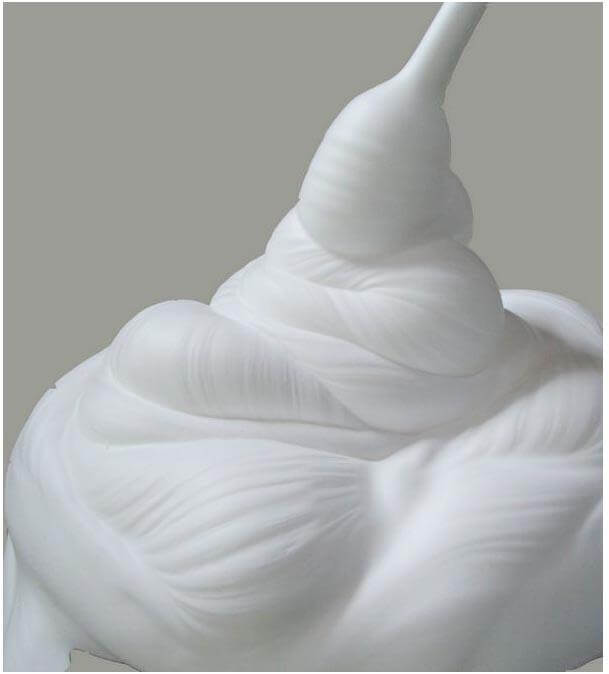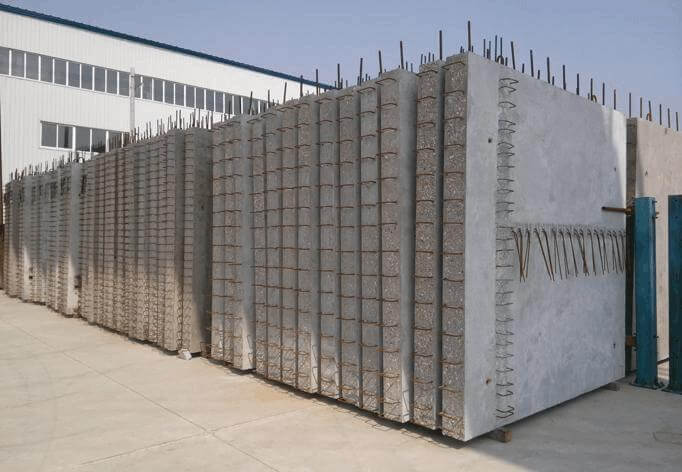Professional solutions on concrete addtives, Concrete Foaming Agent, Superplasticizer, CLC Blocks Additives, and foaming machine
(CLC Or AAC Blocks?)
CLC and AAC blocks are two different types of architectural blocks. Each has their benefits and drawbacks. Learn about the differences between these blocks to decide which one will work best for you. AAC blocks are generally lighter than CLC blocks, but the weight difference diminishes over time. They are also more expensive. CLC blocks are typically used in low and mid-rise construction, while AAC is suited for high-rises.
What is AAC blocks?
AAC blocks can be stacked on top of each other to create a wall panel of up to a full storey height. They can also be mechanically fixed to walls and floors. These blocks can be cut to size and are typically laid with a thin bed mortar applied with a toothed trowel. AAC blocks can be installed with little or no breakage and provide excellent thermal insulation.
AAC blocks are ideal for residential and commercial building construction. They are lightweight and durable, and come in large sizes. These blocks are often used for the exterior and interior walls of a home. They are also a popular material for high-rise buildings. They can save money on brick and mortar and make building construction easier.
Another great benefit of AAC blocks is their fire-resistance. As they are composed mostly of inorganic materials, they resist the spread of fire, and are a great alternative for homes and buildings. Since these blocks are made with non-toxic materials, they do not produce gasses or other pollutants. They also provide superior sound absorption, and can reduce the sound level in a home by as much as 20%. AAC blocks are also lightweight, which helps reduce dead load on a structure. As a result, they are fire resistant up to 1600 degrees Celsius.
CLC &AAC blocks
The main difference between CLC & AAC blocks is their composition and production capacity. AAC blocks are composed of cement, gypsum, aluminum powder, and water. They are typically made in large factories, whereas CLC blocks are made in smaller units. Although they are similar in composition, the AAC blocks have higher compressive strength.
CLC blocks are cheaper than AAC blocks, but have lower compressive strength. The AAC block was developed by Dr Johan Axel Erikkson in the early 20th century with the help of Professor Henrik Kreger. Production of AAC blocks started in full swing in 1929 in Sweden.
AAC blocks are also environmentally friendly. The construction process using these blocks reduces the need for cement, steel, timber, and construction supervision. They are also easier to transport. They also have high insulation properties. Furthermore, they save money on plastering.
AAC blocks disadvantages
Compared to conventional concrete blocks, Autoclave Aerated Concrete (AAC) blocks are easy to handle and manipulate. They also have fewer joints, resulting in faster construction and reduced masonry requirements. Another benefit of AAC blocks is that they are fire-resistant. They can reduce the amount of cement and concrete used and can save money in the long run on plastering.
Although AAC blocks have several advantages, they also have some disadvantages. The price of an AAC unit is higher than for a conventional concrete block. Additionally, AAC blocks are made with wire-cut technology and can be purchased in a variety of sizes. Another drawback of AAC blocks is that they are brittle. These blocks can crack if dropped from a height, and the manufacturing process can cause them to expand and shrink. Because of this, AAC blocks should be installed with care to avoid cracks.
One disadvantage of AAC blocks is that they are less durable than clay bricks. AAC blocks must be handled with care and drilled with wood-appropriate drill bits. Additionally, they cannot be used as a finish like conventional concrete. Instead, they need to be covered with a protective cladding to prevent moisture from seeping into the blocks.
AAC blocks manufacturing process
The manufacturing process of AAC blocks involves two main steps: the wet process and the dry process. During the wet process, construction aggregates are used as base materials to form a solid raw mix. In the dry process, recycled concrete is used as base materials instead of natural sand. This method is more economical as the recycled material has proven its durability.
After the raw materials are mixed, they are poured into moulds that are coated with used oil. This prevents the green-cake from sticking to the mould. Once the moulds are ready, the mixed slurry is poured into them. The resulting blocks are light in weight because they contain hydrogen bubble spaces.
The manufacturing process for AAC blocks is simple and environmentally friendly, and minimizes solid waste during the manufacturing process. Additionally, the blocks are more energy efficient and eliminate the need for insulating materials that increase the cost and environmental impact of construction. AAC blocks also weigh less than one third of the weight of clay bricks, and one AAC block covers the same area as fourteen clay bricks.
Concrete additives Supplier
TRUNNANO is a reliable concrete additives supplier with over 12-year experience in nano-building energy conservation and nanotechnology development.
If you are looking for high-quality concrete additives, please feel free to contact us and send an inquiry. (sales@cabr-concrete.com)
We accept payment via Credit Card, T/T, West Union, and Paypal. TRUNNANO will ship the goods to customers overseas through FedEx, DHL, by air, or by sea.
(CLC Or AAC Blocks?)









